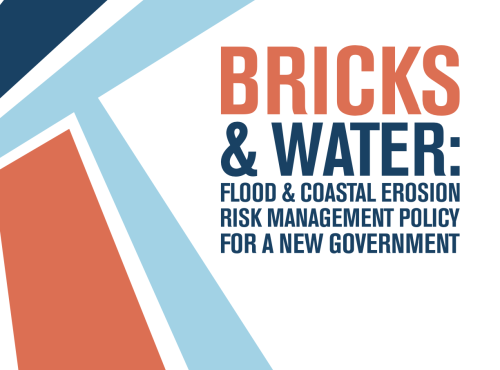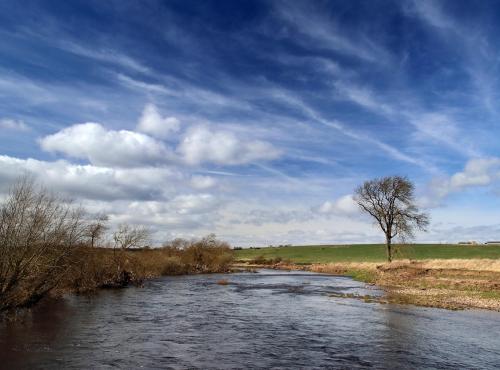The Built Environment – integrated and interlinked
Waste/resources and the built environment
There has been so much happening in the Built Environment sphere in 2015 – so much so that Policy Connect has recently launched the All-Party Parliamentary Sustainable Built Environment Group (APSBEG) to stimulate even more debate between industry and Parliament in this important sector.
But before discussions about the sector itself in future blogs I want to take a step a back and consider where the idea for this new group stemmed from. At a board meeting this summer we discussed how interconnected the All-Party Groups (APGs) already under Policy Connect’s sustainability belt are – and how important it was for the built environment to link into these discussions.
The thematic areas now considered by APGs in the sustainability team at Policy Connect include sustainable resources/waste, climate change and the built environment. The focus of this blog post is how our new APSBEG crosses over with key policy areas in the waste and sustainable resources sphere.
The way we look at waste is changing – the traditional “take-make-dispose” linear model is increasingly moving to more circular models in all sectors, considering, inter alia, reusing, remanufacturing, refurbishing and recycling. The construction sector is no different and is integrating more and more not just end-of-life but also before- and during-life innovations.
Ambitious targets are, for example, already in place to achieve waste reduction in construction. There is an EU target for the UK to recover at least 70 per cent of construction waste by 2020. The Welsh Government has gone even further and challenged the industry to achieve a minimum 90 per cent reuse or recycle rate for waste generated by the construction and demolition sectors by 2019/2020. Latest figures show that the industry is responsive to these targets, with 87 per cent of aggregate materials currently being recycled. There is however more work to be done in other material streams. The Welsh Government, through its ‘Constructing Excellence in Wales’ initiative, is supporting the industry and working with four live construction sites, advising them on all aspects of waste management from concept to completion. This type of Government support needs to be replicated across the UK.
Once the construction of buildings is completed, a different type of waste is the focus point – the waste generated by those buildings and their occupants. Traditionally, the focus has been on household waste and varying recycling schemes have come into effect. The focus now is shifting to incorporate commercial waste and a look at the statistics tells us why: The UK generated 200 million tonnes of total waste in 2012. Half of this (50 per cent) was generated by Construction. Commercial and industrial activities generated almost a quarter (24 per cent), with households responsible for a further 14 per cent.
To make improvements in the sector, new storage solutions and new collection and treatment facilities will be needed for retail, industrial and commercial occupiers. This will inevitably have implications for shopping centres, business parks and office locations and Government needs to work with industry to support this change. The potential to install, for example, small on-site energy-from-waste plants needs to be considered. Some industries, such as the healthcare sector, are leading the way in using this technology and are already seeing good results. The potential for this innovative approach to be rolled out across our industries needs further research and development.




